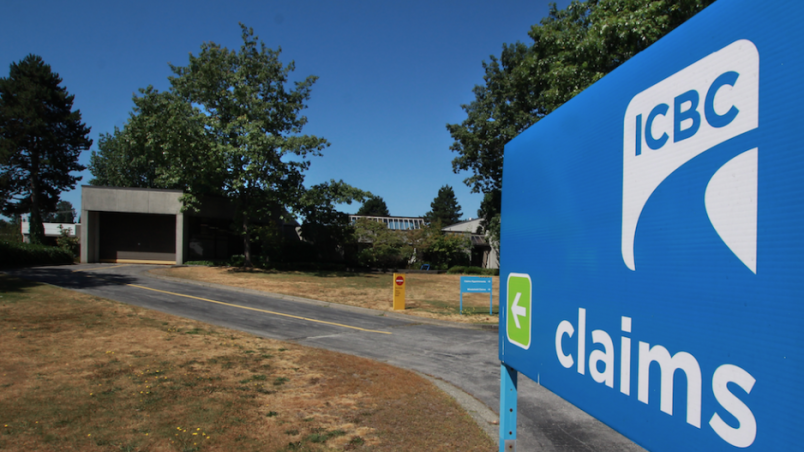B.C. motorists are in line to see dramatic changes to their auto insurance and a 20 per cent cut to premiums in May 2021, under the new no-fault system announced last week.
These are the largest ICBC reforms made in more than four decades as the Horgan government tries to put out the ICBC "dumpster fire."
The move is a major shift away from the current litigation-based insurance model. Experts predict an estimated $2.9 billion in legal fees, pain and suffering, and injury claims will be saved in 2022.
The move to no-fault also comes with a one-time 20 per cent rate cut.
Castanet reached out to B.C.'s Ministry of the Attorney General to find out how the average driver would be impacted by the new changes.
A ministry representative indicated that in the spring of 2021 all British Columbians will transition to "enhanced care" coverage and have access to improved benefits, whether the claimant is a driver, passenger, pedestrian or cyclist, and regardless of whether at-fault for a crash or involved in a single-car collision.
British Columbians hurt in a crash will also have access to significantly enhanced medical care and recovery benefits, regardless of whether they were at-fault. Care and recovery benefits will increase from $300,000 to a maximum of at least $7.5 million — 24 times higher than what’s available today.
Wage loss payments will be 60 per cent higher than today, to a maximum of up to $1,200 per week.
Here's the good part, with the introduction of enhanced care coverage, customers will also receive a pro-rated refund, on the remaining portion of their existing insurance policy beyond May 1, 2021.
For example, if a driver is scheduled to renew basic and optional ICBC insurance on April 1, 2021 (assuming you are paying the average full coverage premium, basic and optional insurance amount at $1,900 annually):
- If a driver pays insurance on a monthly basis, they would pay for one month of premiums under the current system. Then, on May 1 when enhanced care coverage comes into effect, your premiums would decrease by 20 per cent and you would pay the reduced premium rate for the remaining 11 months of the year.
- If you paid for your insurance as a lump sum annually, then within three months of the launch of Enhanced Care coverage, you would receive a refund for the difference in premiums between the two systems for the remainder of the year or 11 months of insurance, approximately $366. How you receive the refund will depend on how you usually pay for insurance.
So, the person in this example will see savings in 2021 and when you renew again on April 1, 2022, you will again pay an average of $400 less than you do now.
The ministry also included a summary of the rate comparisons for a subset of the customer profiles and cities under the new system.
For example, a woman living in West Kelowna who is 43-years-old doesn't commute to work and drives 10,000 kilometres annually, has been licensed for 27 years and drives a 2010 Dodge Grand Caravan would pay $876 dollars per year for no-fault insurance.
The same person living in Nanaimo would pay $795 and in Vancouver's West End would pay $1,193.
The government will introduce enabling legislation in the spring session of the legislature which started this week.



